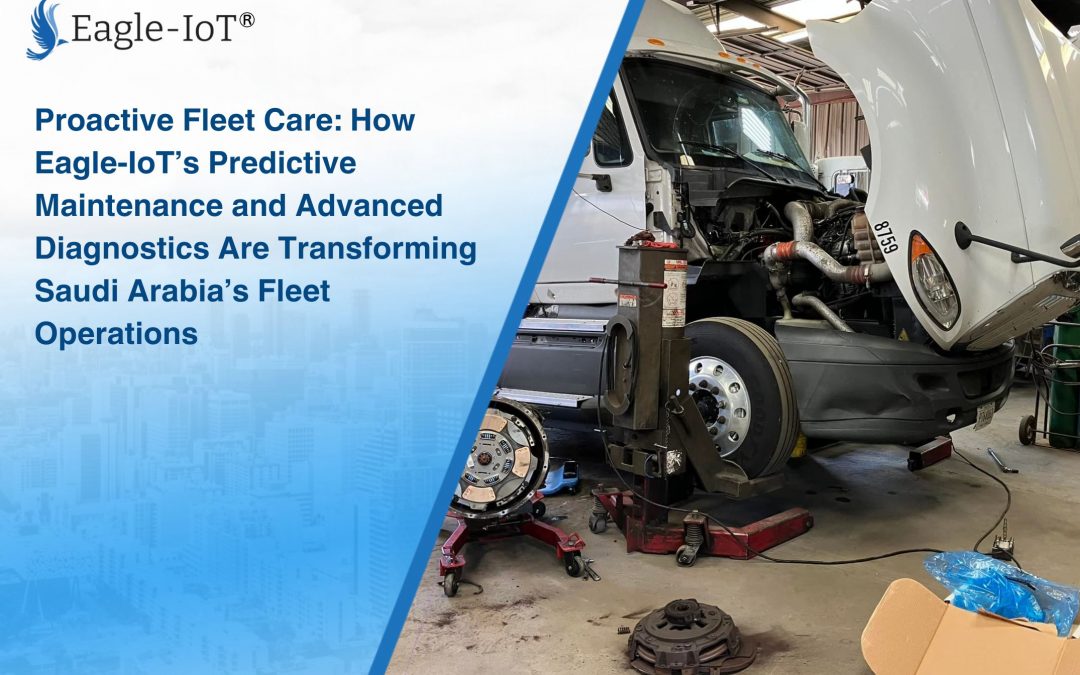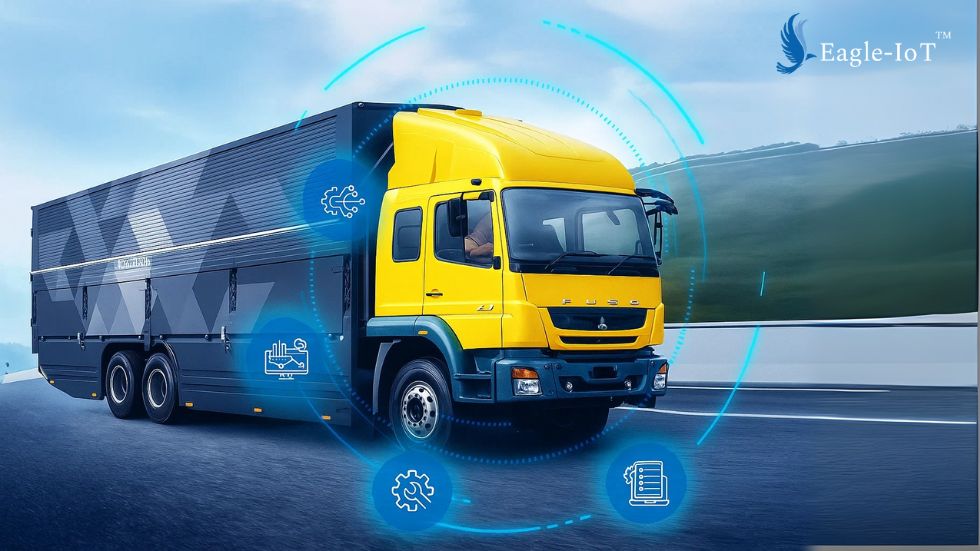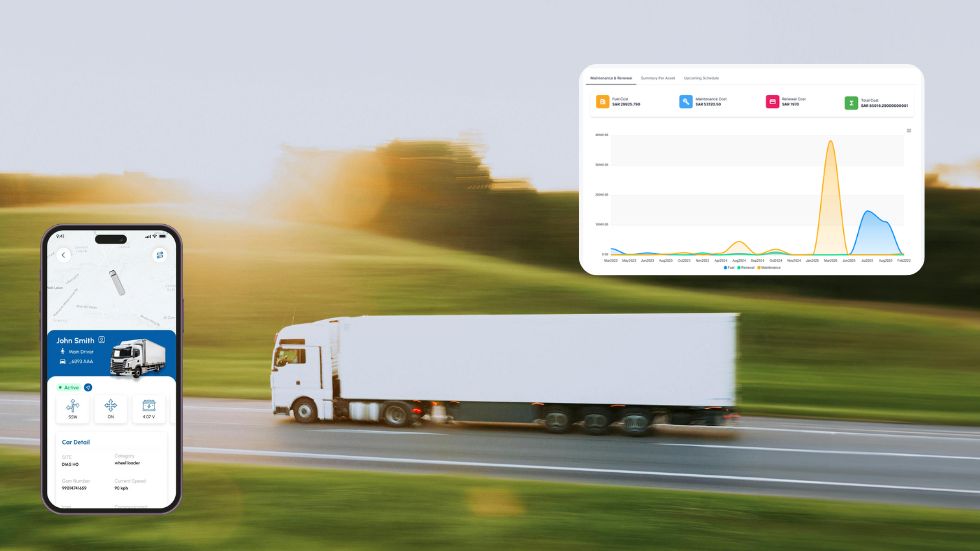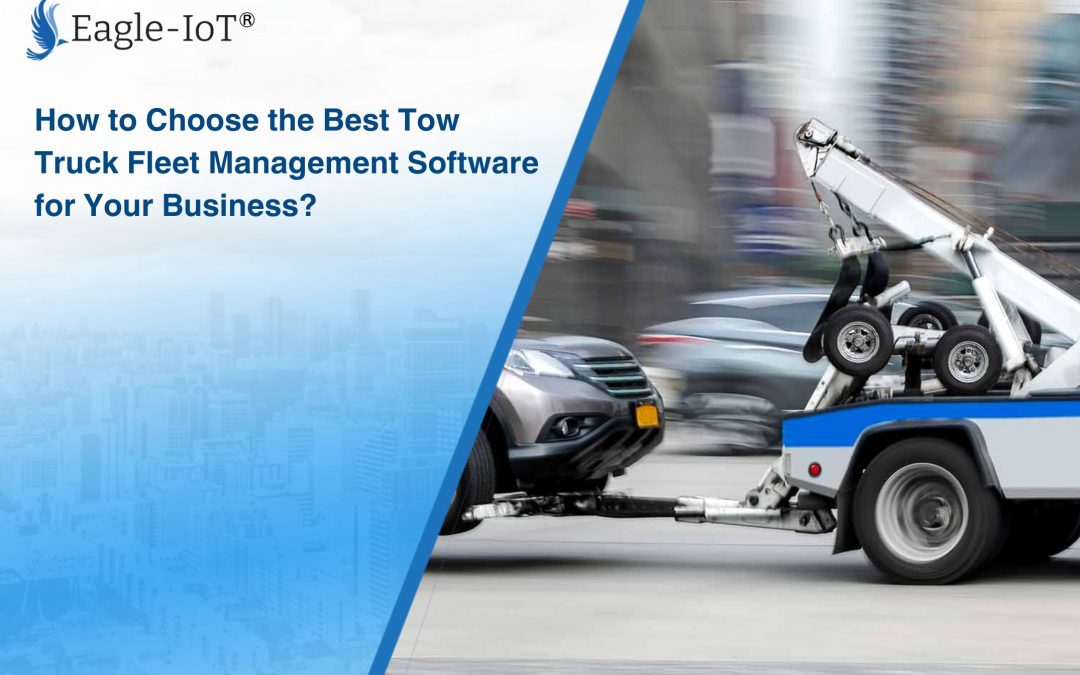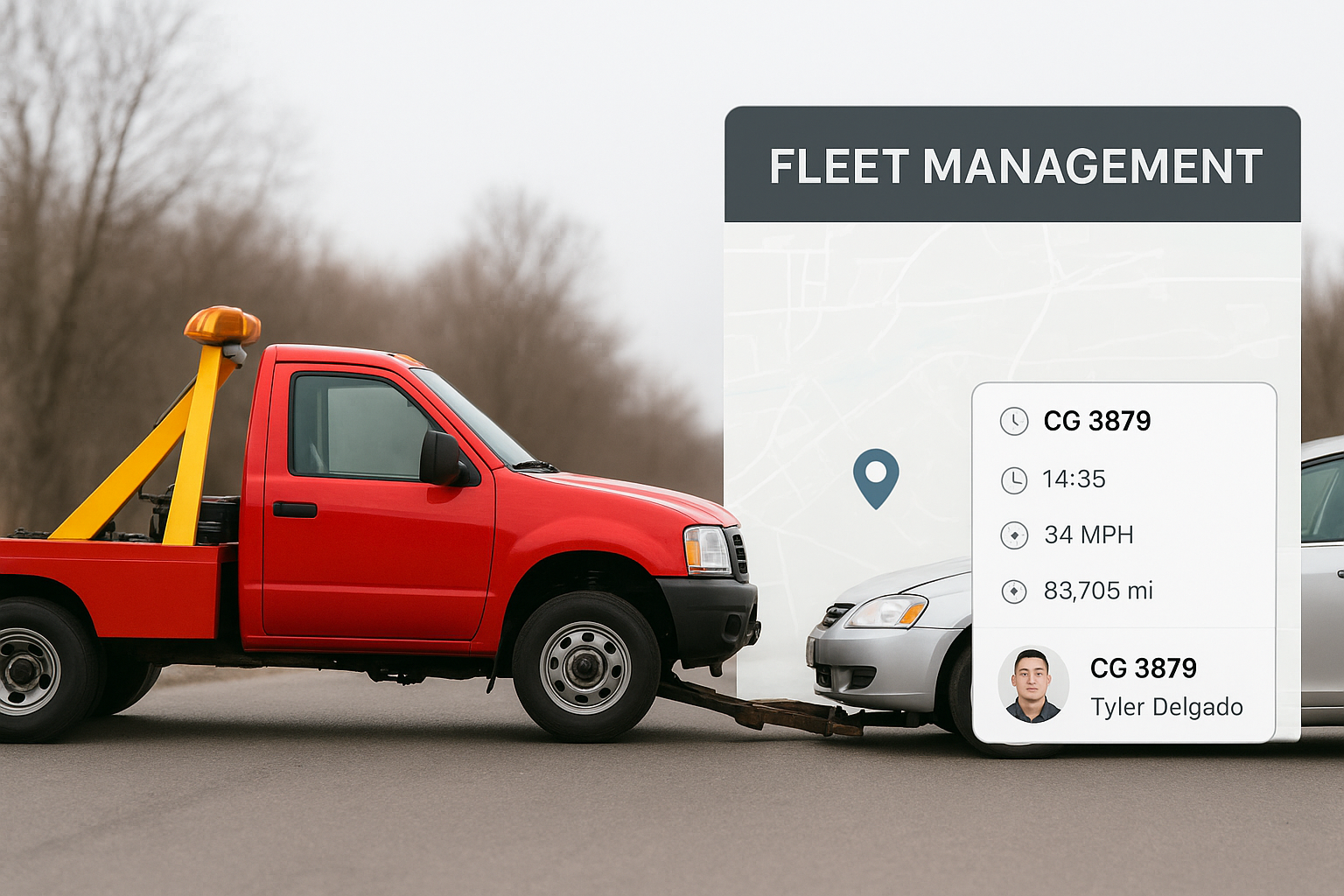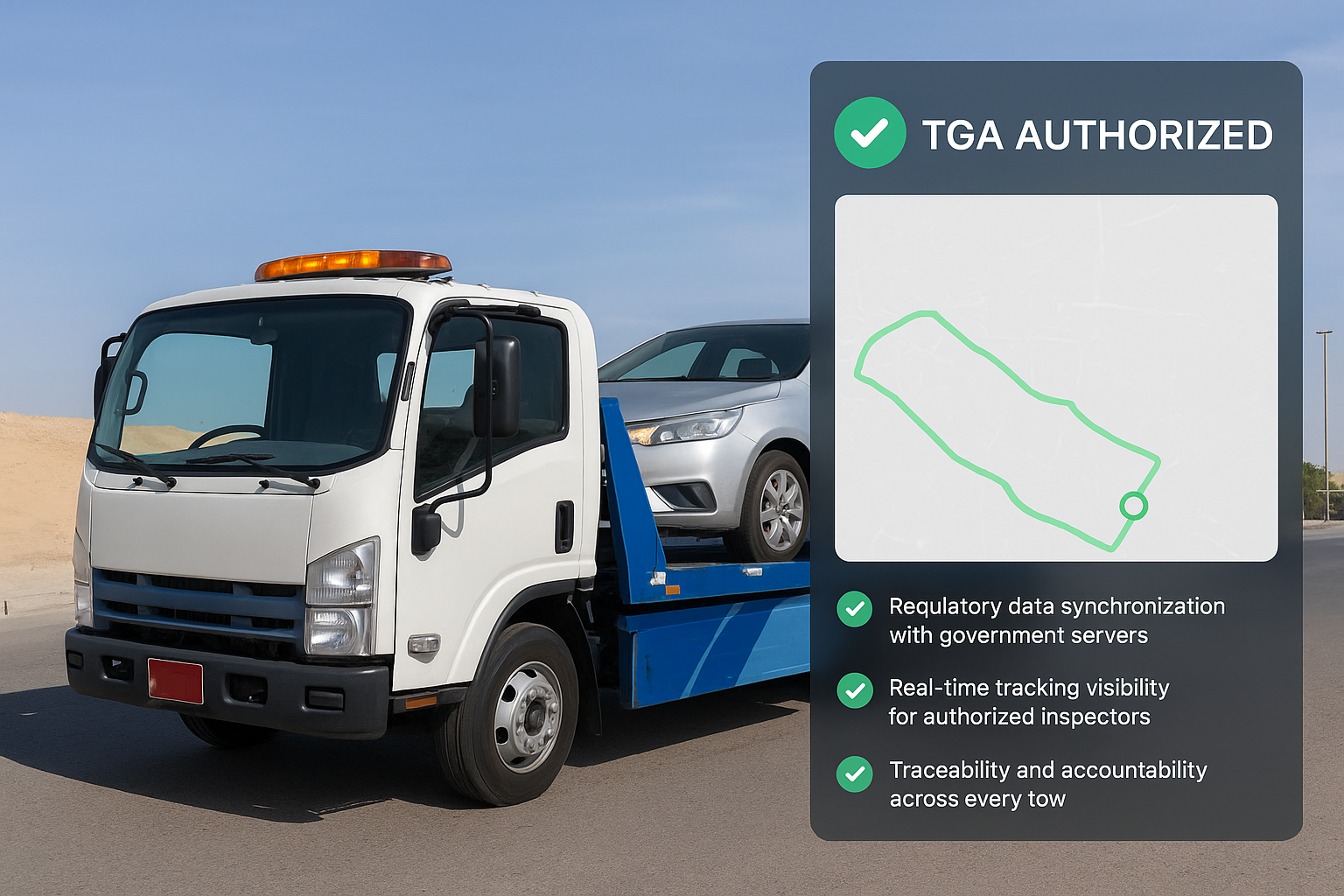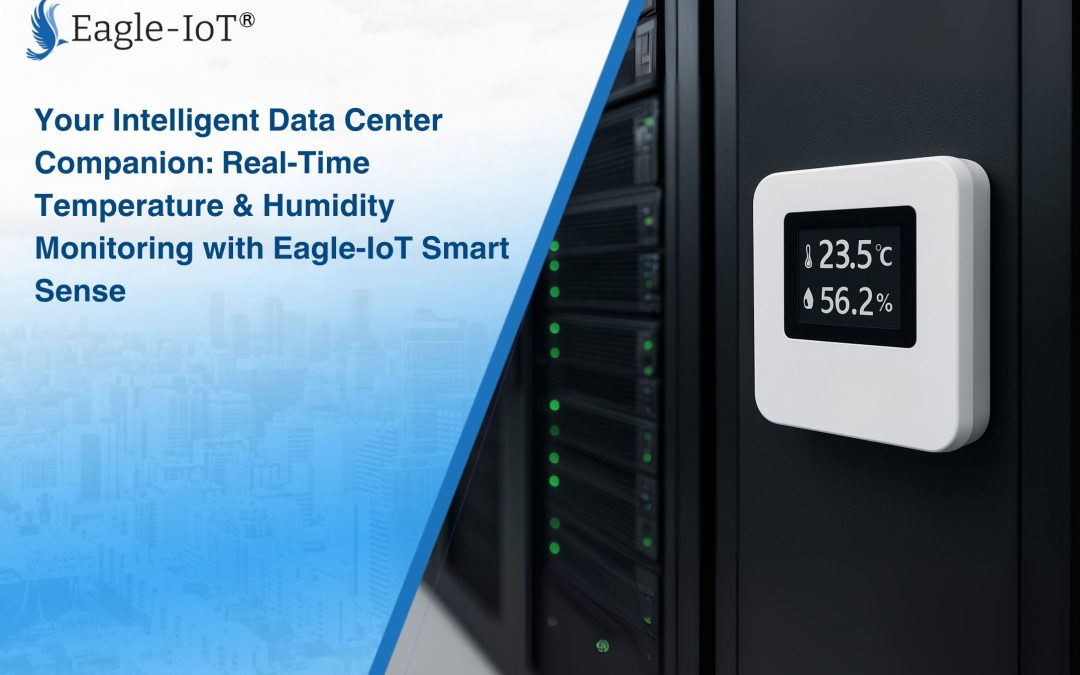
Your Intelligent Data Center Companion: Real-Time Temperature & Humidity Monitoring with Eagle-IoT Smart Sense
Environmental Control as a Core of Data Center Reliability
Data centers are highly sensitive ecosystems where temperature and humidity stability directly influence Mean Time Between Failures (MTBF) of IT hardware. Even minor deviations from recommended environmental parameters can accelerate component degradation, cause electrostatic discharge, or trigger unplanned downtime.
Organizations adhering to ASHRAE TC 9.9 thermal guidelines know that IT equipment operates optimally within specific bands: typically 18–27°C (64–81°F) for temperature and 40–60% relative humidity (RH). Deviation outside these thresholds not only impacts uptime but can also jeopardize ISO/IEC 27001, TIA-942, and PCI DSS compliance.
The challenge lies in detecting and responding to fluctuations across distributed racks, edge sites, and colocation facilities in real time. Eagle-IoT Smart Sense addresses this with a sensor-driven, cloud-integrated platform designed for precision monitoring, data logging, and compliance automation.
Technical Risks of Inadequate Monitoring
Thermal Runaway in High-Density Racks
As rack densities exceed 15–20 kW per rack, localized hot spots form due to airflow recirculation. Without rack-level thermal sensors, CRAC (Computer Room Air Conditioning) systems may fail to detect these variations, resulting in thermal runaway and forced shutdowns.
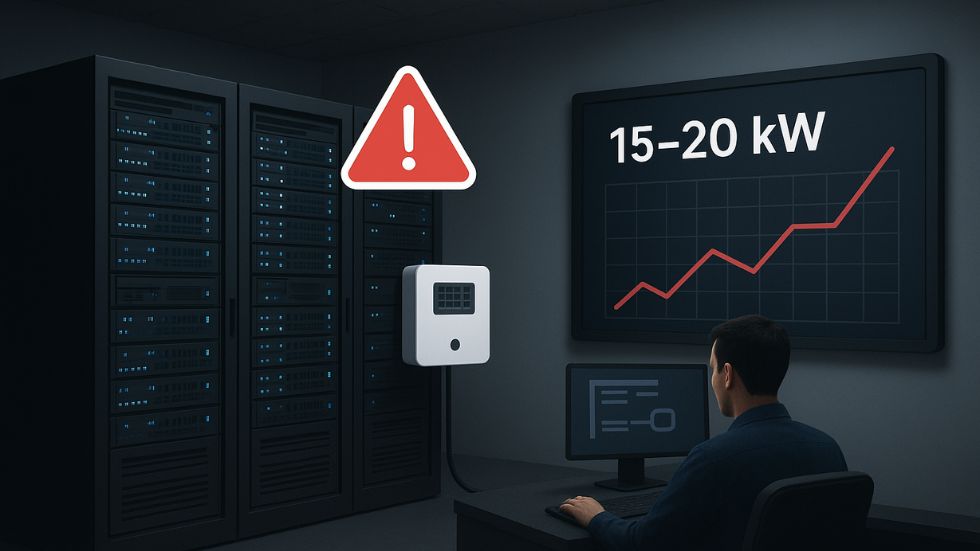
Humidity Fluctuations and ESD
- Low RH (<40%) increases electrostatic discharge risks, which can silently damage processors and DIMMs.
- High RH (>60%) causes condensation, leading to corrosion of PCBs and connectors.
Latency in Traditional BMS/DCIM Systems
Conventional Building Management Systems (BMS) or Data Center Infrastructure Management (DCIM) platforms often rely on periodic polling. This introduces latency in event detection. In contrast, Smart Sense uses event-driven triggers with <1 second response times for environmental breaches.
Compliance Gaps
Industries like BFSI, government, and healthcare are audited under ISO 22301 (Business Continuity) and ISO 27001 (Information Security). Manual data logging or incomplete audit trails expose organizations to penalties and reputational risks.
| Environmental Issue | Impact on Infrastructure | Business Risk |
| Overheating (Temp >30°C) | Component burnout, server crashes | Costly downtime, SLA breaches |
| Low Humidity (<40% RH) | Electrostatic discharge (ESD) damage | Data corruption, hardware failure |
| High Humidity (>60% RH) | Condensation, corrosion of connectors | Increased MTTR, CapEx replacement |
| Airflow Imbalances | Hot spots in dense racks | Inefficient cooling, higher OPEX |
Eagle-IoT Smart Sense: Technical Capabilities
Multi-Protocol Sensor Integration
Smart Sense supports LoRaWAN, BLE, and Wi-Fi sensor technologies:
- LoRaWAN: Long-range, low-power for large data halls and campuses.
- BLE: Short-range, energy-efficient for rack-level deployment.
- Wi-Fi: Flexible for quick rollouts in existing wireless environments.
Sensors continuously stream temperature (°C/°F), RH (%), dew point, and air quality (CO₂, particulates, VOCs) to the cloud layer.
Real-Time Processing & Edge Analytics
Unlike systems dependent only on cloud aggregation, Smart Sense employs edge gateways capable of local processing. This ensures:
- Sub-second breach detection
- Local alert generation in case of WAN failure
- Data buffering with eventual sync for audit completeness
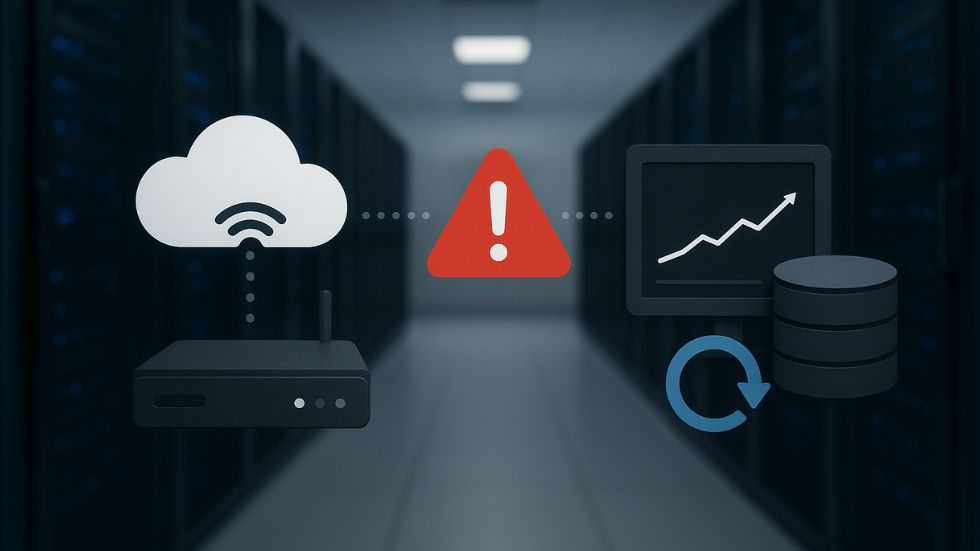
Live Map & Rack-Level Visualization
- Rack heat maps: Color-coded thermal gradients for hot-spot detection
- CRAC/CRAH unit visualization: Efficiency monitoring of cooling equipment
- Dynamic topology mapping: View of all environmental nodes across the facility
Data Retention & Audit Logs
- Historical data storage for 3+ years
- Tamper-proof audit trails with cryptographic time stamps
- Auto-generated compliance reports aligned with ISO/IEC 20000 and TIA-942 requirements
Customizable Alerting Framework
- Threshold-based alerts per rack, zone, or facility
- Rate-of-change alerts (Δ°C/min) to detect rapid failures
- Escalation policies integrating with SNMP traps, REST APIs, email, and SMS gateways
Thermal Mapping & Calibration
Supports thermal map calibration for accurate sensor placement and hot-spot detection.
Role-Based Access Control (RBAC)
Our system uses a robust Role-Based Access Control (RBAC) model to ensure that every user has the right level of access, enhancing security and operational efficiency. This feature allows you to define user roles with specific permissions, ensuring that sensitive data and critical functions are only accessible to authorized personnel.
Admin: Has full system management capabilities. This role can configure all settings, manage users, create new reports, and access all data.
Supervisor: Provides zone or region-level visibility. Supervisors can monitor all assets and data within their assigned area, and they can manage the technicians and operations under their command.
Technician: Has field-level access to alerts and reports. This role is ideal for on-site staff who need to respond to alerts, view real-time data for their specific assets, and access relevant reports without being able to modify core system settings.
Read-Only: An ideal role for auditors or management stakeholders. Users with this access can view all data and reports but cannot make any changes to the system. This ensures transparency and compliance without risking accidental modifications.
RBAC aligns with Zero Trust principles and prevents unauthorized access to sensitive logs.
Why Traditional Monitoring Falls Short
| Aspect | Traditional BMS/DCIM Monitoring | Eagle-IoT Smart Sense |
| Data Frequency | Polling every 5–15 minutes | Sub-second event-driven monitoring |
| Sensor Deployment | Wired, limited flexibility | LoRaWAN, BLE, Wi-Fi wireless sensors |
| Hotspot Detection | Room-level only | Rack-level thermal mapping |
| Compliance | Manual data logs | Automated audit-ready reports |
| Scalability | Expensive to expand | Cloud-native, modular, multi-site |
| Alerts | Static thresholds | Dynamic, location-specific thresholds with escalation |
Security & Scalability Architecture
- AES-256 encryption for sensor-to-cloud communication
- TLS 1.3 secure channels for app/web access
- Multi-tenancy support for MSPs managing multiple clients
- Horizontal scalability to support hundreds of sensors across distributed edge sites
This ensures Smart Sense can expand with growing infrastructure demands without redesign
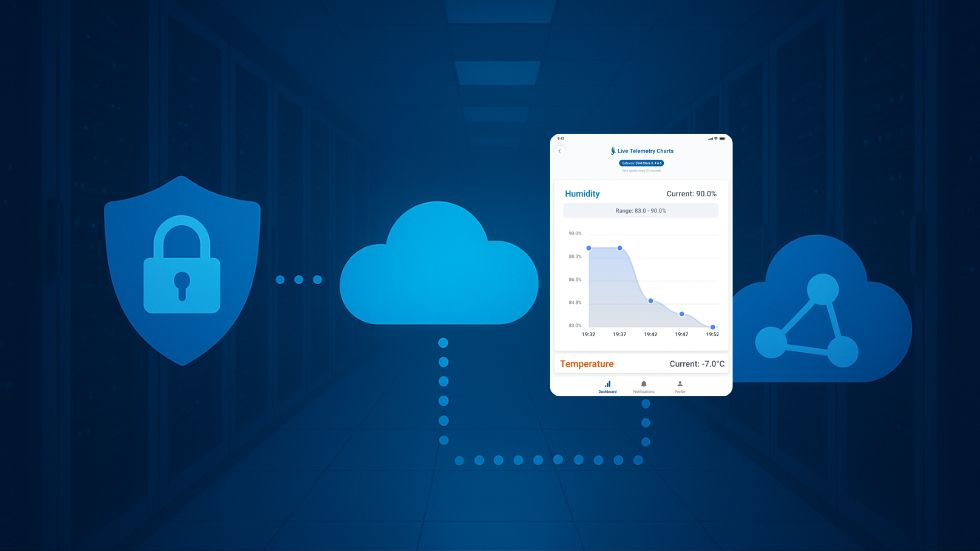
Business & Technical Benefits
Business and Technical Benefits
Eagle-IoT delivers clear business and technical advantages, ensuring your data center is not only efficient but also resilient and compliant.
- Uptime Maximization: Continuous, real-time monitoring of your critical environment allows you to proactively address potential thermal issues before they escalate into outages. This minimizes downtime and ensures uninterrupted service delivery.
- Hardware Protection: By maintaining ideal temperature and humidity levels, you can significantly reduce the risk of thermal stress on your equipment. This extends the operational lifespan of expensive servers, storage, and networking gear, protecting your capital investment.
- OPEX Reduction: Our data-driven insights help you optimize your cooling strategy. By identifying hot spots and improving airflow efficiency, you can reduce unnecessary energy consumption and lower your overall operational expenses.
- Regulatory Compliance: The system automatically creates a digital audit trail of all environmental data. This simplifies compliance with industry standards and government regulations (such as ISO and PCI), making audits faster and less complex.
- Interoperability: With our robust REST APIs, the solution can be seamlessly integrated with your existing platforms, including Data Center Infrastructure Management (DCIM), Building Management Systems (BMS), and IT Service Management (ITSM) platforms. This ensures a unified view of your entire IT environment.
Mobile App: Data Center in Your Pocket
Available on iOS and Android, the Eagle-IoT mobile app provides:
- Real-time push notifications
- Compliance report downloads in PDF/CSV formats
- Offline mode with auto-sync capability
- Multi-device synchronization for distributed teams
This empowers engineers to respond to anomalies remotely, accelerating MTTR (Mean Time to Repair).

Secure, Scalable, and Future-Ready
A major advantage of Smart Sense is its scalability. Whether managing a single comms closet or a nationwide colocation facility, the platform adapts seamlessly to organizational needs. With end-to-end data encryption, role-based access, and offline monitoring, your IT team gains resilience against both internal and external risks.
Furthermore, Smart Sense’s automated reports eliminate manual documentation burdens. With just a few clicks, IT managers can generate compliance-ready reports that cover environmental conditions, alerts, and historical trends.
Taking Control from Anywhere, Anytime
Today’s IT leaders are no longer confined to a central control room. Eagle-IoT Smart Sense brings the data center to your fingertips with its mobile app, available for both Android and iOS.
From responding to real-time alerts to downloading compliance reports, teams can maintain complete control.This flexibility empowers organizations to respond proactively to risks and prevents costly downtime that could disrupt mission-critical services.
Trusted Across Saudi Arabia
Smart Sense is already trusted by leading enterprises, government agencies, and IT service providers across the Kingdom. From financial institutions safeguarding customer data to government facilities ensuring regulatory compliance, organizations are leveraging Eagle-IoT to strengthen resilience and operational efficiency.
The Future of Data Center Environmental Monitoring
In an era where data center resilience underpins digital economies, Eagle-IoT Smart Sense transforms environmental monitoring into a strategic advantage.
By combining multi-protocol sensor networks, edge analytics, cloud reporting, and compliance automation, Smart Sense ensures that data centers remain secure, efficient, and audit-ready.
✅ Optimize compliance
✅ Prevent hardware failures
✅ Reduce downtime and OPEX
✅ Gain rack-to-cloud visibility
Ready to secure your data center’s future and turn monitoring into a powerful strategic asset? Contact us today to learn more about how Eagle-IoT Smart Sense can empower your operations.

